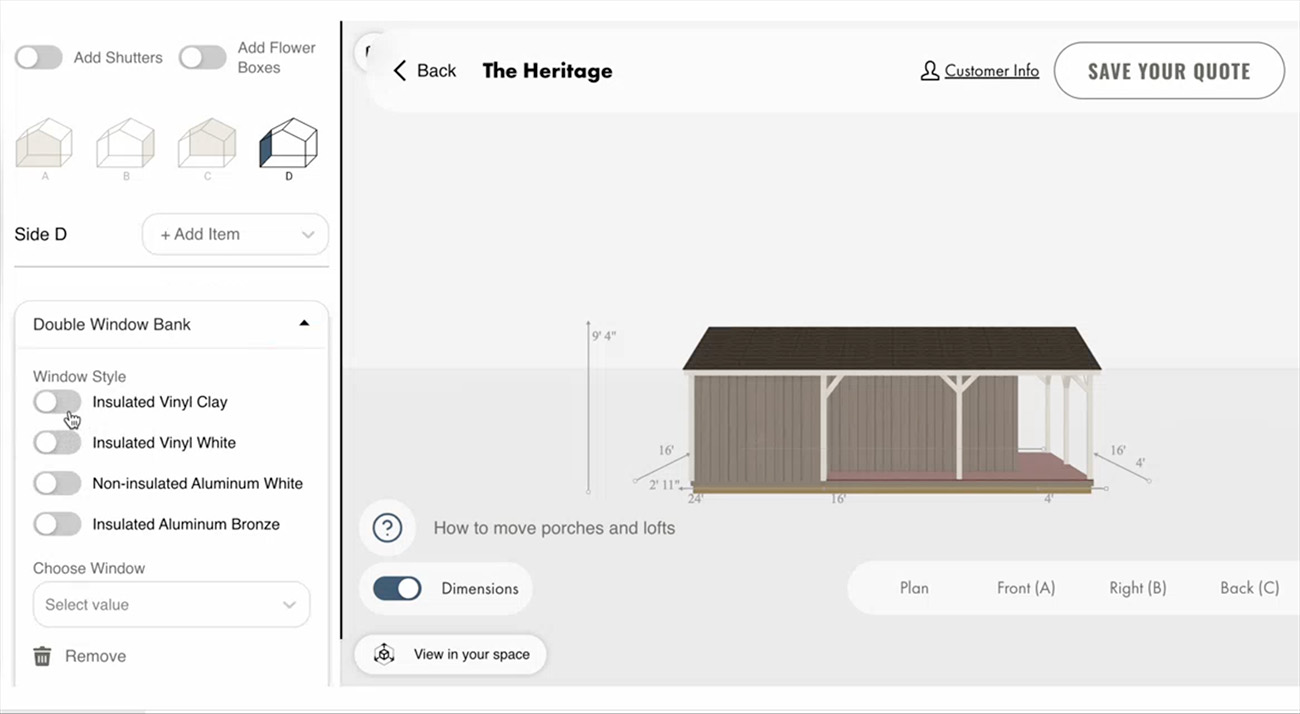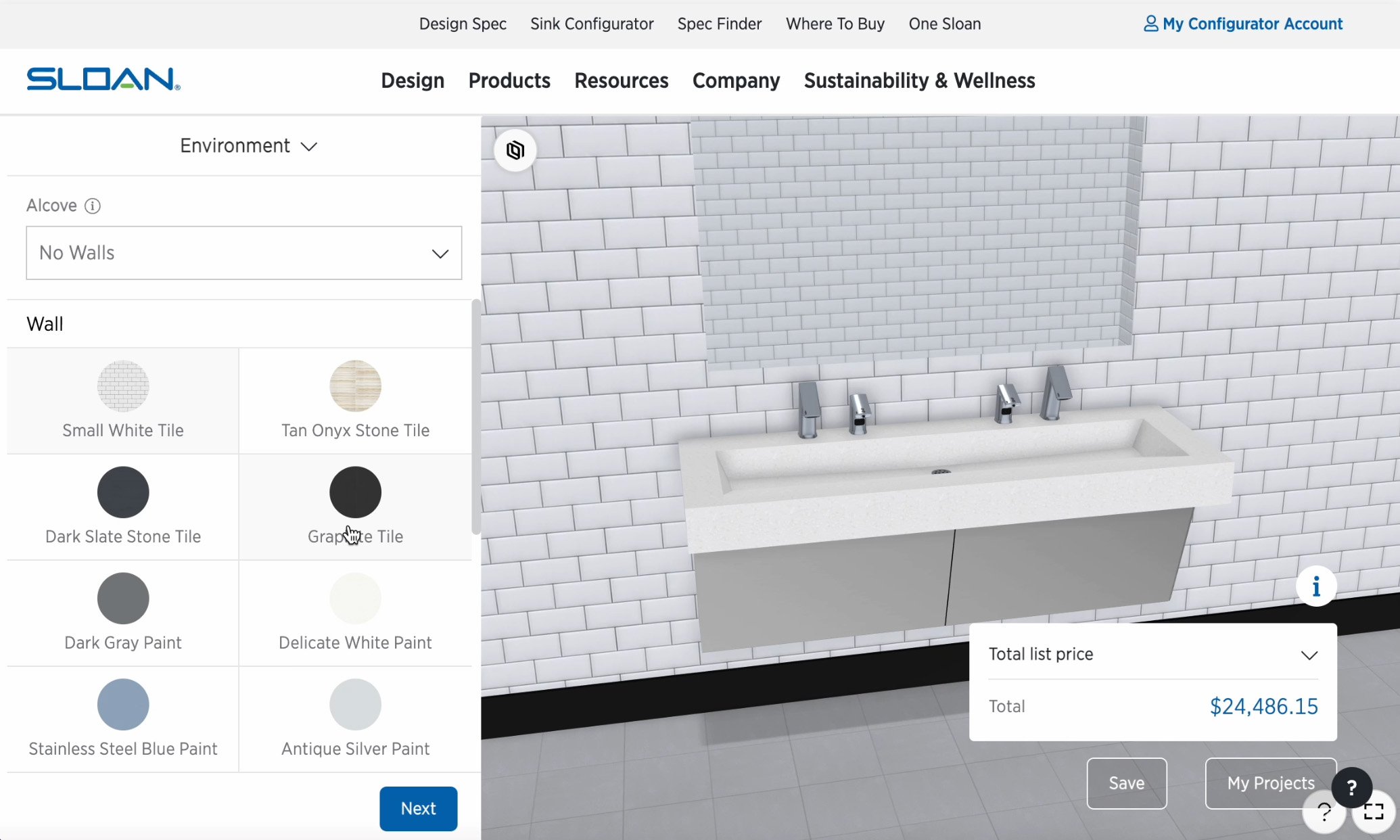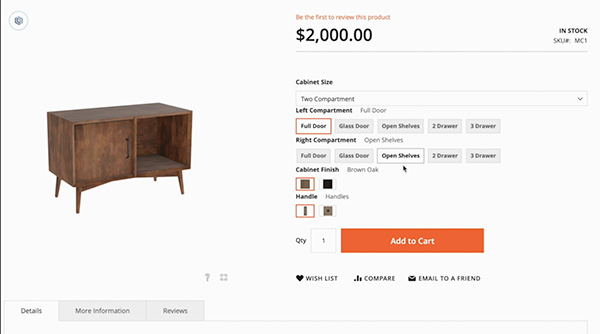Create a Compelling RFP for Your Next Visual Configurator: A Guide to Choosing the Best Solution
The digital era has revolutionized the way enterprises sell their products, and Visual Configurator technology has emerged as an essential tool for building and maintaining a leading global brand.
When it comes to creating a Request for Proposal (RFP) for your next Visual Configurator, it’s crucial to consider a number of factors that will make the difference between a mediocre product experience and a winning one. In this blog post, we'll guide you through nine key points to include in your Product Configurator RFP and Visual Configurator RFP to ensure that you get the best possible solution.

1. Self-maintained Visual Experience
Make sure your platform allows you to easily manage and maintain your company's visual experience. Can you add materials, products, models, assets, configurations, and more? The right solution should give you full control over the visual aspects of your products.
2. 3D, AR, and Virtual Photography
Is the vendor able to provide 3D, AR, and Virtual Photography capabilities? This will enhance your customers' experience by providing them with a realistic view of your products.
3. Enterprise Readiness
Look for a vendor that is enterprise ready with a track record of success. They should be ISO 27001 compliant and have enough funding to ensure they can service you well into the future. Threekit, for example, has $65+ million in funding and a team in the US and Europe. 24/7 customer support is also a must.
4. Experience and Expertise in 3D and Configuration Technology
Ask about the vendor's experience and expertise in 3D and configuration technology. What is their contribution to Three.js, the main open-source library for 3D used by companies like Apple and Amazon? This will give you an idea of their level of expertise and how they can help you create the best product experience.
Want to Know More?
See how Threekit's Composable Configurator helped boost sales for Ulrich Barns5. Modern Commerce Stack
Ensure that the platform performs well with a modern commerce stack. It should be headless, composable, and API-driven. This will allow you to easily integrate the platform into your current system environment.
6. Ownership of 3D Models
Make sure you have full ownership of your 3D models during and after the project. This is crucial for maintaining the integrity of your brand and your product experience.
7. Customizable UI/UX
Your platform should allow you to create a UI/UX that is perfect for your brand and product, not just a standardized UI that comes pre-built. With Threekit, for example, you have full autonomy to create an experience that truly represents your brand.
8. Scalability
Consider scalability when choosing your platform. Can it handle millions or even trillions of product configurations and show every version without slowing down? Make sure the platform you choose can grow with your business.
9. Fast Visual Experience
Lastly, ensure that the platform has mesh optimization to speed up load time for 3D experiences by up to 90%. A fast and seamless experience is key to keeping your customers engaged and coming back for more.
Creating the right RFP for your Visual Configurator is crucial to ensure that you get the best possible solution. By considering these key points, you'll be well on your way to creating a winning RFP.




